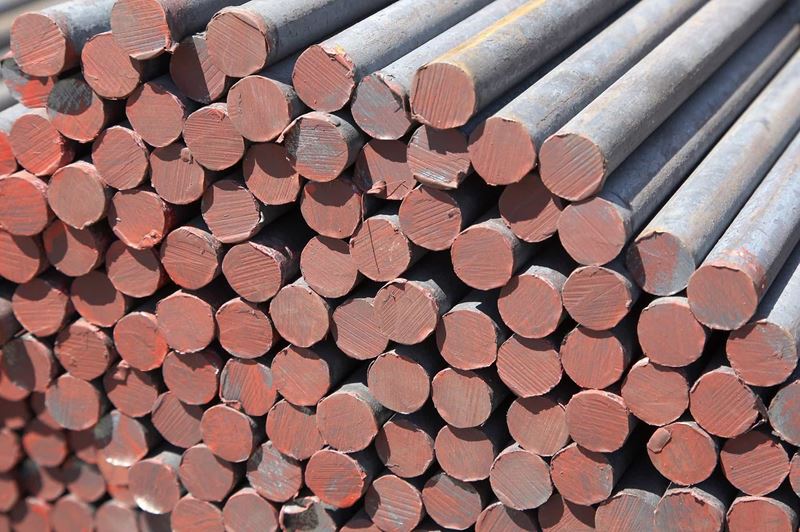Total steel import applications for November reached 2,124,000 net tons. This represents a 5,1% decrease from October’s 2,238,000 net tons and an 11,3% drop from October’s final total of 2,396,000 net tons. Applications for finished steel imports in November amounted to 1,659,000 net tons, down 10% from the final October figure of 1,842,000 net tons. Year-to-date figures show total steel imports at 26,792,000 net tons and finished steel imports at 20,747,000 net tons, reflecting increases of 2,8% and 3,3%, respectively, compared to the same period in 2023. The estimated market share for finished steel imports was 21% in November and stands at 23% for the year.
Several product categories experienced notable increases in November permit applications compared to October’s final data. Electrical sheet and strip saw a significant surge of 160%, oil country goods rose by 74%, sheet and strip all other metallic coated increased by 51%, and both standard pipe and line pipe showed gains of 11%. On a year-to-date basis, key products with significant growth compared to 2023 include sheet and strip all other metallic coated which increased by 51%, sheets and strip hot-dipped galvanized which rose by 40%, cold-rolled sheets which grew by 28%, tin plate which climbed by 27%, and wire rods which expanded by 19%.
Canada, Brazil, and Mexico remained the largest sources of steel import applications in November. Canada accounted for 476,000 net tons, a 13% decline from October. Brazil contributed 306,000 net tons, down 16%, and Mexico supplied 268,000 net tons, down 26%. Meanwhile, South Korea and Vietnam showed increases with 186,000 net tons, up 15%, and 144,000 net tons, up 42%, respectively. Over the first eleven months of 2024, Canada provided a total of 5,993,000 net tons, down 6% from the same period in 2023. Brazil shipped 4,356,000 net tons, up 21%, and Mexico’s total was 3,152,000 net tons, down 19%.











Yorumlar
Henüz yorum yapılmadı